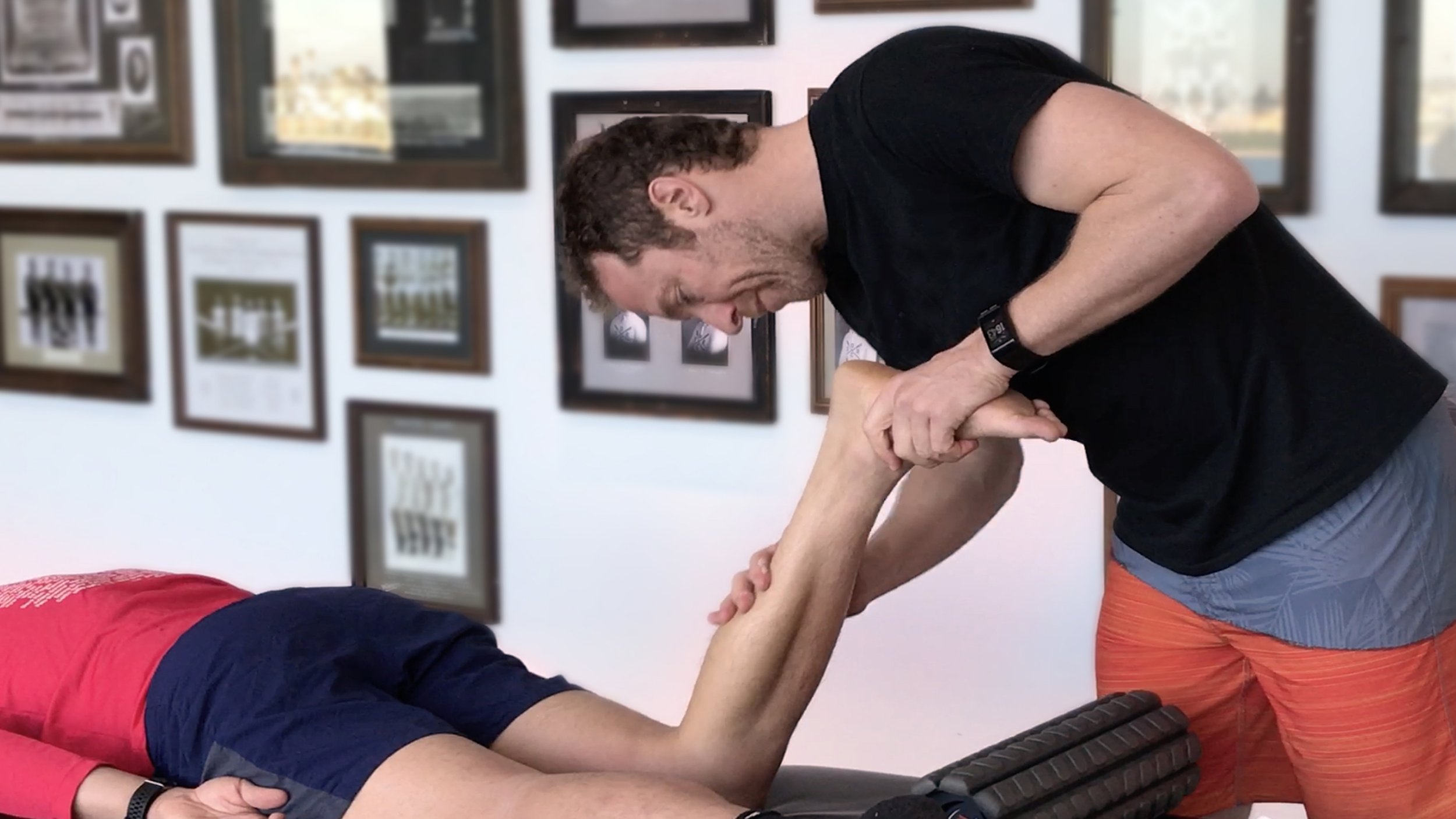Achilles tendinitis, also known as Achilles tendonitis, is a condition characterized by inflammation and pain in the Achilles tendon, which is the large tendon connecting the calf muscles to the heel bone. It commonly affects athletes and people engaged in repetitive activities that involve the use of the calf muscles.
Causes:
Overuse: Excessive and repetitive strain on the Achilles tendon due to activities such as running, jumping, or sudden increases in physical activity can lead to tendinitis.
Tight calf muscles: When the calf muscles are tight, they put more stress on the Achilles tendon, making it more prone to injury.
Poor footwear: Wearing shoes that do not provide adequate support or cushioning can increase the risk of developing Achilles tendinitis.
Age and gender: Tendinitis is more common in middle-aged individuals, and men are more likely to develop it than women.
Biomechanical issues: Abnormal foot mechanics or structural abnormalities in the foot can contribute to increased stress on the Achilles tendon.
Symptoms:
Pain and stiffness along the Achilles tendon, particularly near the heel.
Tenderness and swelling in the affected area.
Increased pain during physical activity, which may improve with rest.
Thickening of the tendon.
Limited range of motion in the ankle.
General Treatments:
Rest and activity modification: Avoid activities that exacerbate the symptoms and give the tendon time to heal.
Ice therapy: Apply ice to the affected area for 15-20 minutes, several times a day, to reduce pain and inflammation.
Pain relief medication: Nonsteroidal anti-inflammatory drugs (NSAIDs), such as ibuprofen, can help alleviate pain and reduce inflammation.
Physical therapy: Specific exercises and stretches can improve flexibility, strengthen the calf muscles, and promote healing. Give us a call to schedule a Free consultation today.
Orthotic devices: Shoe inserts or orthotic devices can provide support and cushioning, correcting any biomechanical issues.
Footwear modification: Wearing shoes with proper arch support and a cushioned heel can help reduce strain on the Achilles tendon.
Extracorporeal shockwave therapy (ESWT): This non-invasive procedure uses high-energy shockwaves to stimulate healing and reduce pain.
Platelet-rich plasma (PRP) therapy: In this procedure, a concentrated solution of the patient's own platelets is injected into the affected area to promote healing.
It is important to consult with a healthcare professional for an accurate diagnosis and appropriate treatment plan for Achilles tendinitis. They can provide personalized recommendations based on the severity of the condition and individual circumstances.
Several conditions can have similar symptoms to Achilles tendinitis. These include:
Achilles Tendon Tear or Rupture: A complete tear or rupture of the Achilles tendon can cause symptoms similar to tendinitis, including sudden pain, swelling, and difficulty walking. However, a tear or rupture is usually more severe and may require immediate medical attention.
Plantar Fasciitis: This condition involves inflammation and pain in the plantar fascia, a thick band of tissue that connects the heel bone to the toes. The pain is typically felt at the bottom of the foot near the heel and can be similar to Achilles tendinitis. However, the location of the pain is different.
Bursitis: Inflammation of the bursae, small fluid-filled sacs that cushion and reduce friction between tendons, muscles, and bones, can occur around the Achilles tendon. Bursitis can cause pain, swelling, and tenderness that may be mistaken for Achilles tendinitis.
Calf Muscle Strain: Straining or injuring the calf muscles can lead to pain, swelling, and limited range of motion that can be similar to Achilles tendinitis. However, the pain is typically felt higher up in the calf muscle rather than directly on the Achilles tendon.
Retrocalcaneal Bursitis: Inflammation of the bursa located between the Achilles tendon and the heel bone can cause symptoms resembling Achilles tendinitis. The pain is typically felt at the back of the heel and may worsen with activity.
Nerve Impingement: Compression or irritation of the nerves in the lower leg, such as the tibial nerve or the sural nerve, can cause symptoms similar to Achilles tendinitis, including pain, tingling, and numbness in the affected area.

